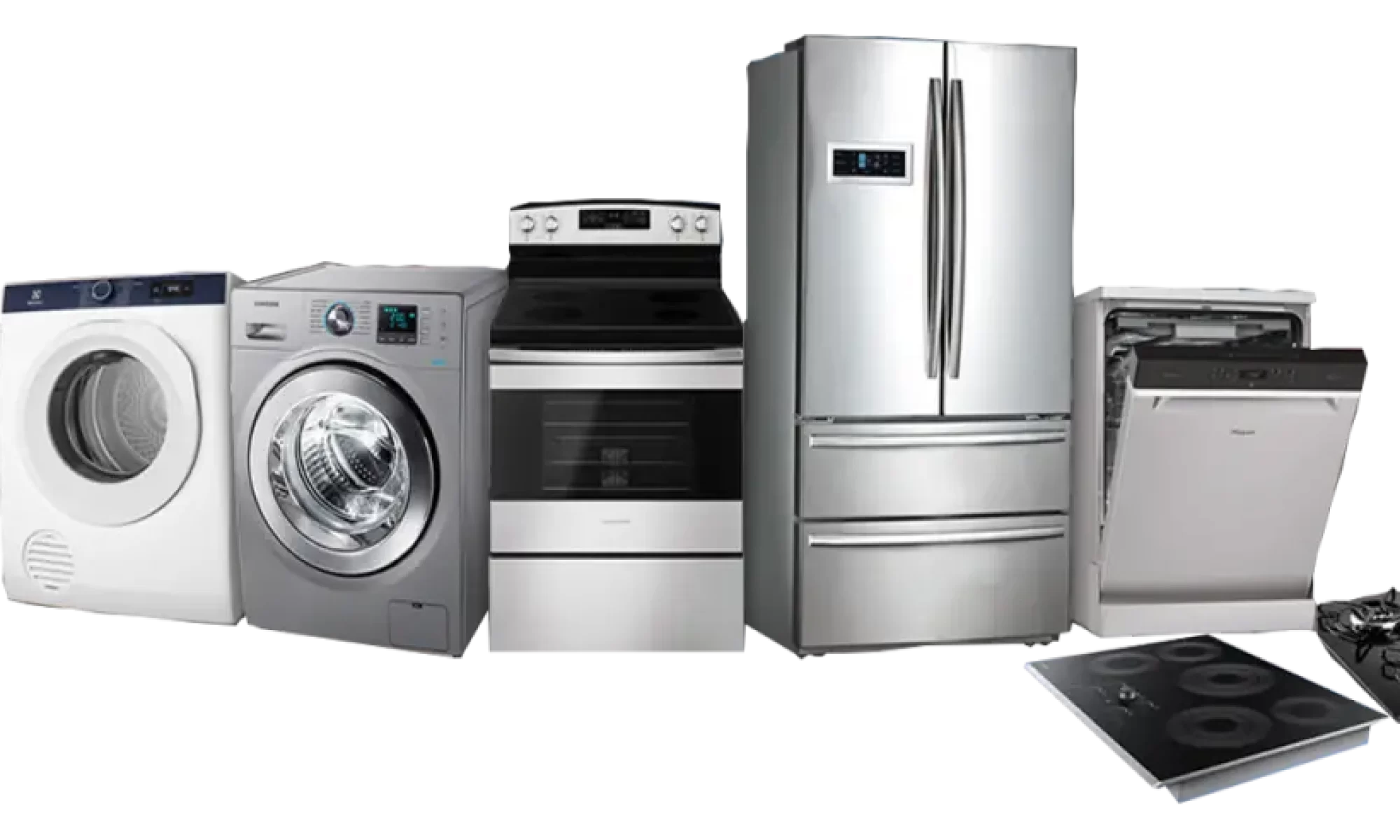A laundry machine overflowing with water is a concerning issue that can lead to significant water damage in your home. When a washer overflows, it’s crucial to address the problem immediately to prevent further damage. Here’s a step-by-step guide to help you diagnose and resolve the issue of a laundry machine overflowing:
Common Causes of a Laundry Machine Overflow:
- Faulty Water Inlet Valve: The water inlet valve is responsible for controlling the flow of water into the machine. If it fails to shut off properly, it can cause the washer to overflow.
- Clogged Pressure Switch Hose: The pressure switch monitors the water level inside the machine. A clogged or disconnected pressure switch hose can result in inaccurate water level readings, leading to overfilling.
- Defective Pressure Switch: The pressure switch itself can become faulty, causing it to fail to register the correct water level and allowing the machine to overfill.
- Incorrect Water Level Selection: If you’ve selected the wrong water level setting for your laundry load, the machine may overflow.
- Blocked or Kinked Drain Hose: A blocked or kinked drain hose can prevent the machine from draining properly, causing water to back up and overflow.
Steps to Address a Laundry Machine Overflow:
- Safety First: Before attempting any troubleshooting or repairs, unplug the laundry machine from the power source to ensure safety.
- Stop the Overflow: If the machine is actively overflowing, turn off the water supply valves behind the washer. This will stop the influx of water.
- Drain Excess Water: Depending on the severity of the overflow, you may need to manually remove excess water from the machine. Use towels, buckets, or a wet/dry vacuum to extract water from the drum and surrounding area.
- Inspect the Water Inlet Valve: Examine the water inlet valve for any visible damage or signs of malfunction. The valve may need to be replaced if it’s not shutting off properly.
- Check the Pressure Switch Hose: Inspect the pressure switch hose, which is usually a small plastic or rubber tube, for any clogs, kinks, or disconnections. Clear any obstructions and ensure it’s securely attached to both the pressure switch and the tub.
- Test the Pressure Switch: If the pressure switch hose appears to be in good condition, the pressure switch itself may be faulty. Consult your washing machine’s manual for guidance on testing or replacing the pressure switch.
- Review Water Level Settings: Double-check that you’ve selected the appropriate water level setting for your laundry load.
- Inspect the Drain Hose: Examine the drain hose for any kinks, blockages, or restrictions that may impede proper drainage. Straighten out any kinks and clear any obstructions.
- Restart the Machine: After performing these checks and addressing any issues you discover, plug the laundry machine back in and restart a cycle. Monitor it to ensure that the overflow problem has been resolved.
- Consult a Technician: If the problem persists after attempting these troubleshooting steps or if you’re unsure about addressing a particular issue, it’s advisable to contact a qualified appliance technician for a thorough diagnosis and repair.
Addressing a laundry machine overflow promptly is essential to prevent water damage to your home. Regular maintenance, such as inspecting hoses and cleaning filters, can help prevent overflows in the future.

